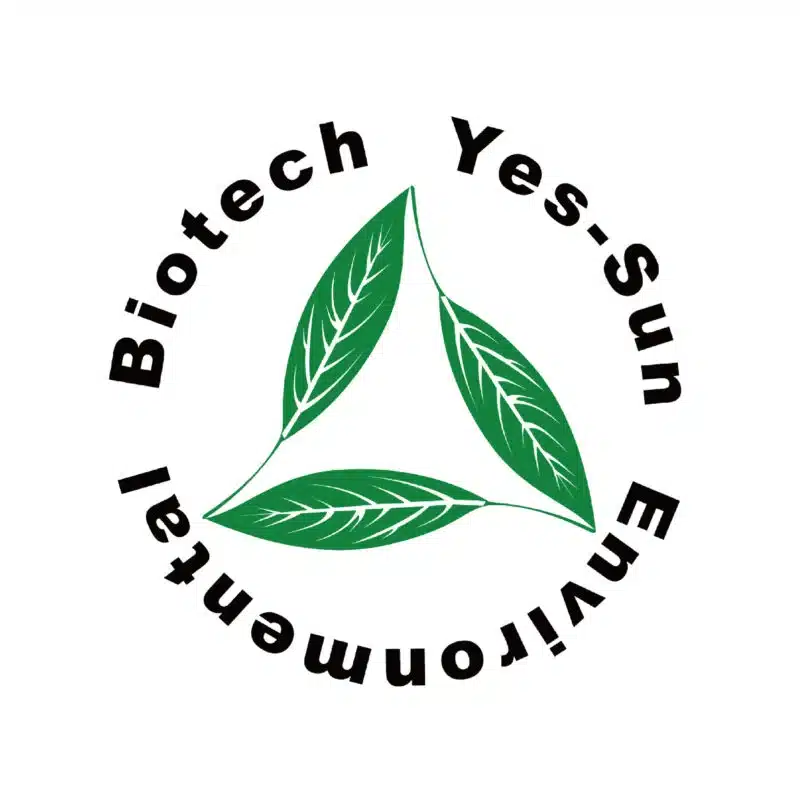High Carbon Content in Composting-free Organic Fertilizer
Since the traditional compost and the fast fermentation decompose organic matters by means of microbes, a mass amount of carbon dioxide (CO2) and methane (CH4) are released during the ripen process, resulting that a massive loss of carbon content (approximately 50%~60%). Conversely, Composting-free Technology applies organic enzymes as catalyst to react in a short period, so there is no loss of carbon. As a result, the carbon content of Composting-free organic fertilizer is much higher than those from the traditional treatment methods.
The C/N Ratio Remains Unchanged after Treatment
C/N ratio is a very important factor in the traditional compost field, people used it to judge the ripen status of the organic fertilizer, but it is not a general rule. For examples, the C/N ratio of untreated soy flour is less than 20 of its C/N ratio, but it is not fully ripened. The C/N ratio of forest peat is greater than 20, but it is a stable organic fertilizer. Furthermore, C/N ratio is not an essential factor to constitute the fertilizer, because the carbon content is not the element to affect the growth of crops. Composting-free Technology is capable to sequestrate the carbon in the organic fertilizer, so the C/N ratio remains the same as in original wastes after treatment.
The Carbon Footprint of the Composting-free Organic Fertilizer is Lower than Others
The carbon dioxide release in manufacturing the fertilizer in Composting-free Technology is much lower other treatment process (i.e. compost, fast fermentation). So for the same “function unit” (i.e. same NPK values and weight) of fertilizer, the carbon footprint of Composting-free fertilizer is only a half of those from others treatments. On the other hand, the amount of the fertilizer manufactured from Composting-free Technology is about twice as from other treatments. Thus by using Composting-free Technology, not only can you produce the high quality fertilizer in agriculture field, but also can reduce the Green House Effect in environmental field.
The Carbon Credit Created by Composting-free Technology can be Trade in Market
According to the Clean Development Mechanism (CDM) in Kyoto Protocol, industrialized countries can get the “carbon credit” by investing in emission reductions project in developing countries. In other words, companies in industrialize countries can set up the Composting-free equipments in developing countries to replace the original treatment methods (i.e. landfill, compost), and after certificated by the third party organization can they get the carbon credit in reducing carbon dioxide release. The carbon credit can use to offset the carbon release from itself or either trade it in the open market.
The price of carbon credit and rules of trading can be found here: http://www.carbonplace.eu/



 中文 (台灣)
中文 (台灣) Bahasa Indonesia
Bahasa Indonesia Tiếng Việt
Tiếng Việt Bahasa Melayu
Bahasa Melayu Français
Français Español
Español Português
Português